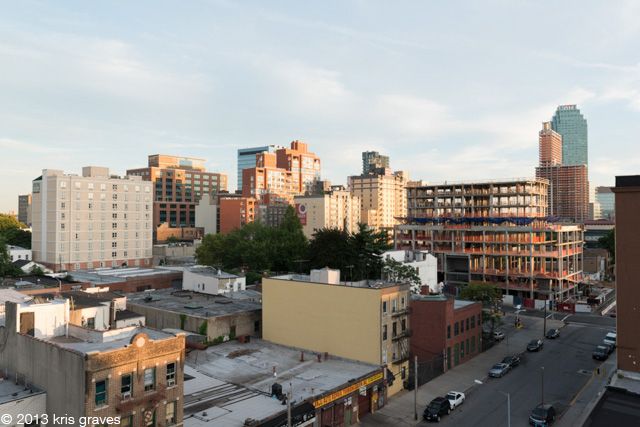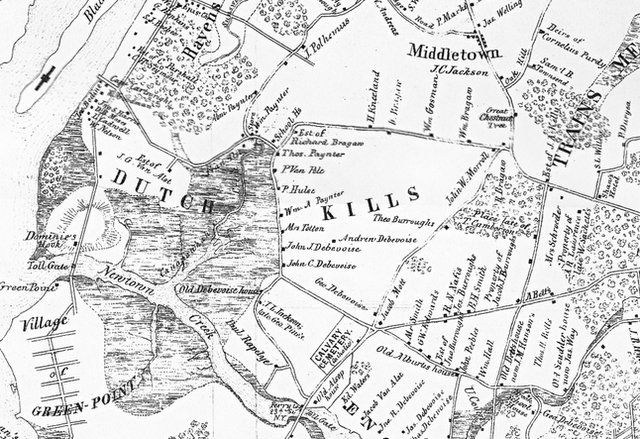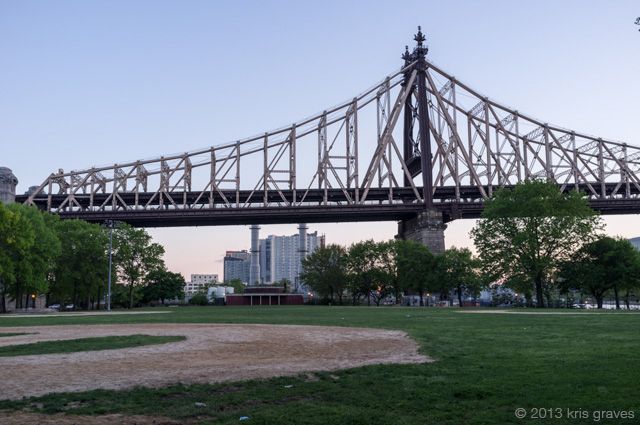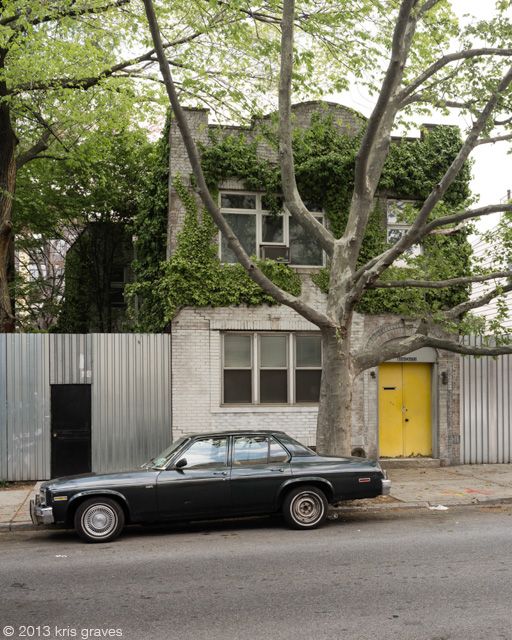Last Chance to Catch NYC's Holiday Notalgia Train
We met the voices of the NYC subway on our nostalgia ride this weekend!


Photographs by Kris Graves
We recently explored Hunters Point, Long Island City, showcasing the modern corridor amidst its industrial roots. Long Island City (historically called Dutch Kills) is undergoing a dramatic renewal process which includes a rezoning to tap into underutilized mixed-use potential for residential, commercial and light industry. Today, we look at the history of Dutch Kills and the latest plans for the area.
When it was founded in 1642, Dutch Kills was a swampy area that had scattered farms and a mill. On the western edge of Queens, east of what is now Roosevelt Island, Dutch Kills was characterized in the 1800s as “a crossroads hamlet with two or three old farms.” The Dutch Kills farms supplied produce to the New York markets and the water-powered grist mills ground grain in the area now known as the Sunnyside Rail Yards. The gristmill in Dutch Kills was a central hub of the Queens road network, and began Long Island City’s legacy as a New York City transit center.

In 1870, Long Island City was founded and engulfed the neighborhood of Dutch Kills. Almost twenty years later, the five boroughs were consolidated. According to the Greater Astoria Historical Society, “When Queens voted to become part of greater New York in 1898, it was assumed that, after decades of negotiations, a bridge would connect Manhattan and the borough. In 1901 the Queensboro Bridge started.” To complete the Sunnyside Rail Yards and the bridge, the city tore down most of the long-standing Dutch Kills buildings, creating new open spaces around the bridge (Queens Plaza) and removing housing stock. The bridge project continued to channel traffic and development to Queensboro Plaza and Dutch Kills, which reinforced the area’s historical legacy as a crossroads and secured its role in the 19th century as an industrial manufacturing hub.

Photograph by Kris Graves
Long Island City’s industrial production peaked mid-century and began to decline, as did overall manufacturing in New York City: “Since reaching nearly 1.1 million jobs in 1947, manufacturing employment in New York City has fallen by nearly 80 percent.” Analysts from the Federal Reserve Bank of New York posit that high costs for labor, land, and energy, along with globalization, contributed to the extraordinary decline in New York City manufacturing. As manufacturing declined, artists began flocking to Long Island City to rent studio space in former industrial spaces and reimagined the neighborhood’s role once more as a creative space.

Photograph by Kris Graves
In 2011, Long Island City was still composed of limited residential building and light manufacturing zones. Of the Queens Plaza, the New York Times stated: “For a long time the reputation of this industrial part of Long Island City owed more to strip clubs evicted from Times Square than anything else.” In 2001, the area was identified as a “growth area” by the city, and was rezoned to foster residential and commercial development. The New York City Department of City Planning stated: “The goal of the zoning is to foster reinvestment and redevelopment that takes advantage of Long Island City’s excellent mass transit access and its supply of large, underdeveloped properties.”
The Long Island City Partnership lists a total of 32 planned or completed hotels, 86 planned or completed residential buildings, and 9 planned or completed office buildings. The Bloomberg Administration completed an extensive $80 million greening project in Queensboro Plaza that constructed a park and improved bike lane access and the drainage in the area. JetBlue relocated its offices to Queens Plaza, and CUNY Law School relocated its facilities nearby. Of these changes, the Long Island City Partnership says: “Since then, the area has been booming.”

Photograph by Kris Graves
Is this exactly accurate? The influx of hotels, offices, and new residential buildings have brought more foot traffic into the neighborhood, as well as a few new restaurants. There are new art spaces and local entertainment spots that are beginning to open their doors. The neighborhood is set to change rapidly over the next few years, but as of yet the shifts are subtle and there are still a large number of buildings under construction. We will take a closer look at the redevelopment of Long Island City in a follow-up article.
All photographs by Kris Graves, support his current Kickstarter project on the haunting landscapes of Iceland.
Subscribe to our newsletter